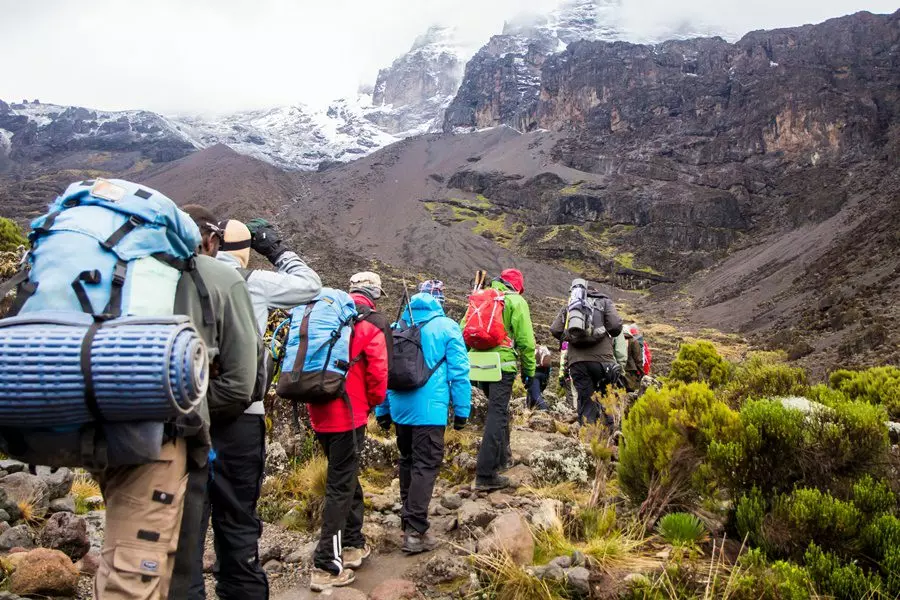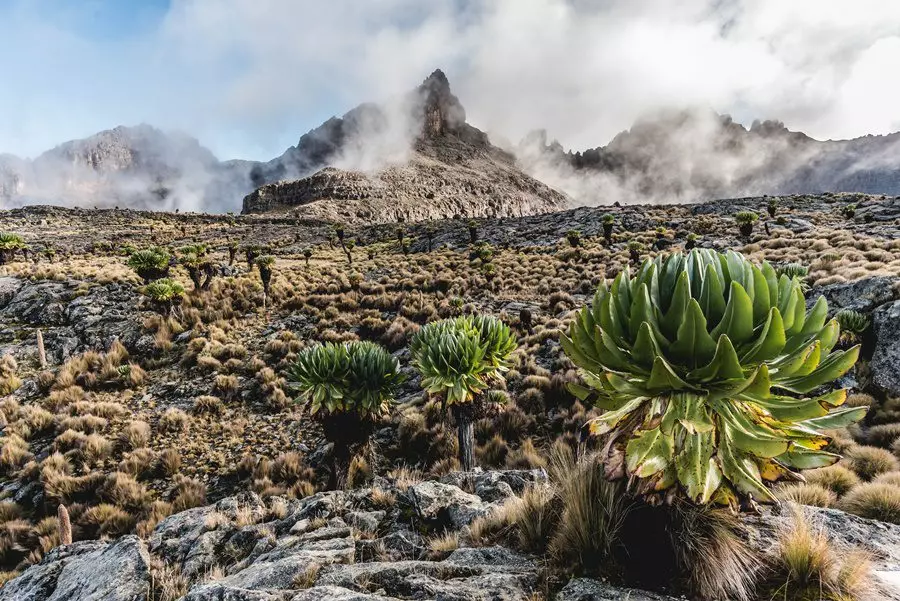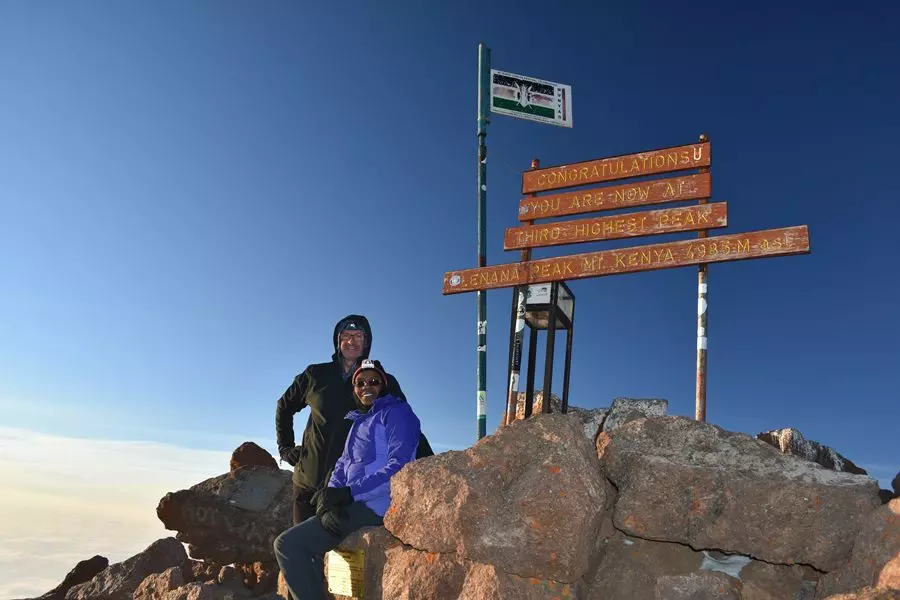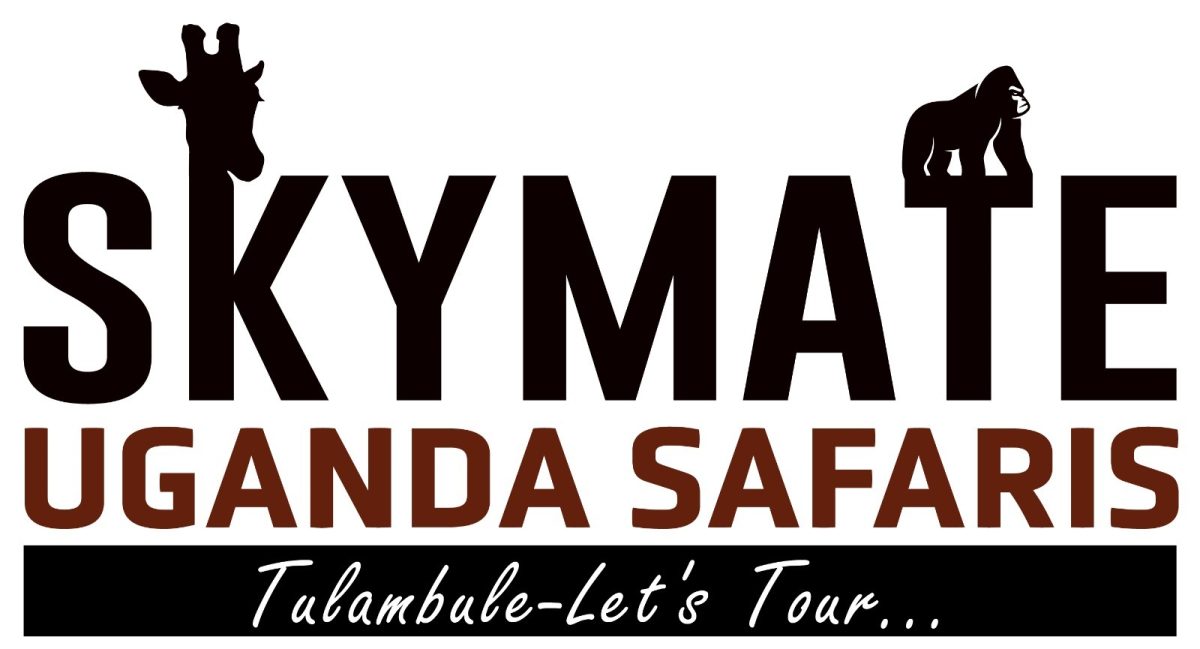Tourists are often fascinated by a number one positioning, be it the tallest, biggest, longest, or oldest. As such, Mount Kenya, the second-highest mountain in Africa at 5199 meters, often gets overshadowed by Mount Kilimanjaro in Tanzania, which holds the title of the highest mountain in Africa.
However, climbing Mount Kenya is more technical. So there you have it, a number one position! Also, fewer tourists climb Mount Kenya; hence, summiting the peak is a more affordable and even more authentic experience than climbing Kilimanjaro. Climb Mt Kenya with us! We offer many different trekking and climbing routes in Kenya, whether you are interested in a private or group tour. We would be delighted to assist you!
Climbing Mount Kenya Guide

Mt Kenya is not a single peak but a massif composed of numerous spires, cliffs, complex ridges, and peaks. The primary summits are Batian and Nelion peaks, which require technical climbing to reach via various rock or ice routes. The third-highest peak, Point Lenana, is a popular destination for trekkers. While the summit at 5,199m is a challenging technical climb, the lower peak of Point Lenana (4,985m) can be easily reached by any fit trekker. Point John and several other subsidiary peaks also offer excellent rock-climbing routes.
How Long Does It Take Climb Mount Kenya?
There are four main routes to ascend Mount Kenya. The South East Face is the most popular trail to the summit, taking the Chogoria route. This climb typically takes five to six days. If you don’t have 5 days to climb Mount Kenya, you can enjoy a scenic day hike to the Met Station, at 3,050 meters. Some hikers continue for an additional hour to reach the alpine zone, which features unique vegetation like Senecio, giant heather, lobelia, and tussock grass. The panoramic views make the challenging hike well worth it.
What Kind Of Accommodation Will I Stay In?
The Sirimon route is the only trail that has huts along its entire length, while other routes offer only a few basic bunkhouses. These accommodations are shared by both men and women, with multiple beds in each room. You’ll need to bring your own sleeping bag—at least a three-season thickness—and a bed roll.
Many organized treks opt to camp instead. This option offers more flexibility, allowing you to stay in more scenic, off-the-beaten-path locations, such as by the mountain’s lakes. However, camping trips are fully serviced and therefore usually more expensive than staying in bunkhouses. They require more organization, with additional porters needed to carry the equipment.
Porters also carry all the food and water, which the cook prepares along the trail. You can expect simple, hearty meals, perhaps with fruit to snack on between meals.
What Level Of Fitness Is Required To Climb Mt Kenya?

Climbing Mount Kenya involves 5 days of walking from point to point, navigating rough terrain and high altitudes, which requires a good level of fitness. While you’ll need some training, prior high-altitude experience isn’t necessary. It is impossible to predict how well you’ll acclimatize to altitudes above 3,500 meters, and even seasoned climbers can’t guarantee they will acclimate smoothly. The acclimatization process varies from climb to climb and doesn’t always align with one’s fitness level.
Make sure you have good walking boots that are already broken in, and consider using a walking pole. Lighter trainers or walking shoes are suitable for the lower elevations. Remember to stay hydrated, take your time, and follow your guide’s advice on pacing. This trek is meant to be enjoyed, not rushed.
When Is The Best Time To Climb Mount Kenya?

Although Mount Kenya can be trekked year-round, the optimal time for climbing is during the dry seasons from January to February and June to early October, when the weather is most consistently pleasant. It’s best to avoid the two rainy seasons, which run from mid-March to June and late October to the end of December. Regardless of the time of year, temperatures can fluctuate dramatically within a single day.
Above the cloud line and in the sunlight, temperatures can rise above 20 degrees Celsius, while at night, they can plummet to as low as -15 degrees Celsius at the highest camps, with ice and snow on the trails. Wet and snowy conditions can also occur at any time of the year.
What Should I Pack For Climbing Mount Kenya?
When you book through a trusted trekking operator, your tent, sleeping mat, cooking equipment, cutlery and crockery are usually provided for you. You will still need to pack items like:
- Very warm sleeping bag
- Water bottles or hydration pack systems
- Water purifiers or filters
- Head-torch
- Sunscreen
- Towel
- Sunglasses
- Anti-altitude sickness medication
- Essential toiletries
- Bandanna or buff
- Chapstick
Essential hiking equipment for Mount Kenya Includes:
- Sturdy, waterproof hiking boots that are high enough to support your ankles
- Socks – a couple of thick thermal pairs and some regular ones
- Fleeces
- Down jacket
- Thermals
- Sun hat
- Woollen or fleece hat (beanie)
Recommended technical climbing gear for Nelion and Batian peaks:
- Climbing ropes and harness
- Helmet
- Rock shoes
- Belay or rappel plate
- Karabiners
- Slings
- Prussic loops
- Nuts or wires
- Cams
- Quickdraws or extenders
- B1 boots, crampons and an ice axe may be required for snow or ice conditions

What Does It Cost To Climb Mount Kenya?
The price of a guided trip up Mount Kenya depends on factors like the time of year you wish to trek, the number of people in your booking group, the duration of your trek, and the calibre of your trekking operator. A general cost guideline is between USD 2,000 and USD 4,000 per person. The prices usually include:
- Road transfers to and from the mountains
- Park fees, camping fees, rescue fees, and permits while on the mountain
- Camping equipment
- Meals and drinks
- Wages for trekking crews (guides, cooks and porters)
What To Do After Your Mount Kenya Trek?
Unless you are really pressed for time, don’t just climb Mount Kenya and head home—stay and explore! Adding a safari to your trip is an obvious choice. Samburu National Reserve is just a couple of hours away, where you can see lions, leopards, and cheetahs, and the mountain itself is located within the Laikipia Plateau, a network of community conservancies managed by local communities.
These areas protect wildlife, including black and white rhinos and rare wild dogs, and the lodges employ and train local people. If you have more time, consider a road trip from Mount Kenya to the Masai Mara via the Rift Valley Lakes, which takes about six days.

Ready To Start Planning Your Trek Up Mount Kenya?
Get in touch with our team of Africa Safari Experts to help tailor-make a trip that’s right for you:
